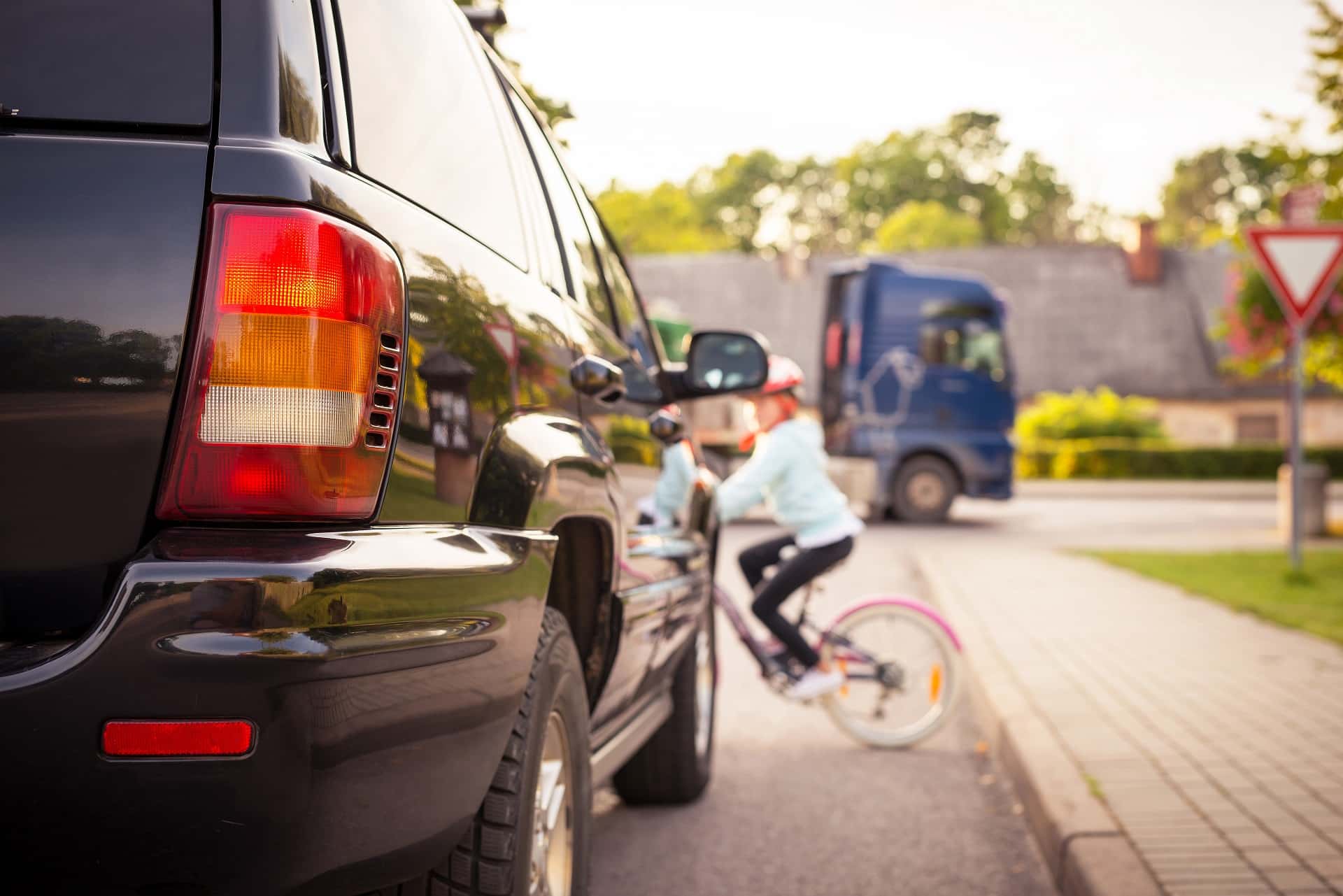There are many elements to driving in the state of Washington that can feel confusing to some people. Right-of-way laws are one of those areas that can get a bit blurred as there are many things to remember.
If you are a victim of a car accident where a driver didn’t follow right-of-way laws, you may qualify for a settlement. At Henderson Taylor Law Firm, we have a team of highly experienced auto accident attorneys who can help you navigate this legal process. So, keep reading to find out what the right-away laws are in Washington and when you could recover damages.
Breaking Down Right of Way Laws in Washington
In Washington, there are certain situations where you will have to yield the right of way to other drivers on the road. To better understand this, right of way simply means that you let someone else drive or walk before you go. This can apply if a pedestrian is crossing the street or you are at a four-way intersection where another driver has the right of way.
Examples of right-of-way laws include yielding to vehicles on the left if you are entering a roundabout. Another example is if you are the first to arrive at a four-way stop sign, which means that you are the first driver to go. If at any point someone fails to give the right away, there is potential for vehicles to collide or hit each other head-on, causing severe injuries.
Another critical aspect of right-of-way laws in Washington is that there are specific laws for emergency vehicles. This means that you would need to yield the right of way to emergency vehicles at any time if they have their lights or sirens on. Emergency vehicles include ambulances, fire trucks, and police cars.
Pedestrian Right of Way Laws
Washington has very special right-of-way rules when it comes to protecting pedestrians. These rules are there to protect pedestrians since they are much more vulnerable when they are in roadway areas. Here are some examples of pedestrian right-of-way rules you will need to follow:
- If a pedestrian is crossing the street in your half of the roadway, you have to give them the right of way.
- On a multilane Road, you have to give the right of way to any pedestrian within one lane of your vehicle.
- At intersections, pedestrians always have the right of way whether the crosswalk is marked or not.
- You have to yield the right of way to any pedestrians when you are pulling out of the driveway or parking lot or driving across a sidewalk.
- Pedestrians who are blind, have a service animal, or have a white cane are always given the right of way.
Penalties for Right-of-Way Violations
If a driver fails to yield to the right of way, they will usually receive a ticket and a fine. If they fail to yield to the right of way a second time, this becomes a moving violation.
A moving violation will go on their driving record and remain there for three years. This can impact their insurance premiums and may even lead to a license suspension if they receive six moving violations within a 12-month period. Additionally, drivers who accumulate too many tickets for failure to yield the right of way could have their license suspended for 12 months.
If the failure to yield the right of way results in a car accident, the penalties will be much more significant, especially if the other driver is injured.
Recovering Damages After a Four-Way-Stop Accident
Failure to yield can result in a serious accident with the potential to cause fatalities or serious injuries. If you were the victim of a four-way stop accident where someone did not yield, you could receive damages for things like medical expenses, property damage, lost wages, etc. You will need to hire a car accident lawyer to represent you and negotiate a fair settlement amount.
What to Do After a Four-Way-Stop Accident
If you have been in a four-way stop after someone failed to yield to the right of way, there are specific steps you need to take. If you were not at fault, you want to begin collecting evidence so that you can receive compensation later on. Here are some of the steps you should take directly after the accident has occurred:
- Call 911: After any vehicle accident, the first thing you want to do is call 911 to report that the accident has occurred. The 911 operator can send medical assistance as well as law enforcement.
- Exchange information: You will need to exchange contact and insurance information with any drivers involved in the accident.
- Get medical care: Even if you do not believe you are seriously injured, it is always best to receive medical care anyway. They can check you out and document any injuries, which can be helpful for your claim later on.
- Gather evidence: If you are physically able to, it is best to begin documenting evidence at the scene of the collision. You can take photos of property damage and injuries as well as get contact information for nearby witnesses.
- Hire an attorney: To set yourself up for success when filing a personal injury claim, you want to hire a personal injury lawyer. They can help negotiate with the insurance company as well as locate evidence if you need to go to court.
Hire an Experienced Auto Accident Attorney at Henderson Taylor Law Firm
The aftermath of a car accident can feel very overwhelming, especially if you were not at fault and have sustained injuries from the accident. If this is the case, you will want to pursue a personal injury claim so that you can receive compensation to cover things like hospital bills, rehabilitation, and lost wages.
At Henderson Taylor Law Firm, we are committed to defending the downtrodden and ensuring our clients get the compensation they deserve. For legal representation in a right-of-way auto accident, contact us today at 360-737-1478 or send us a message online.





